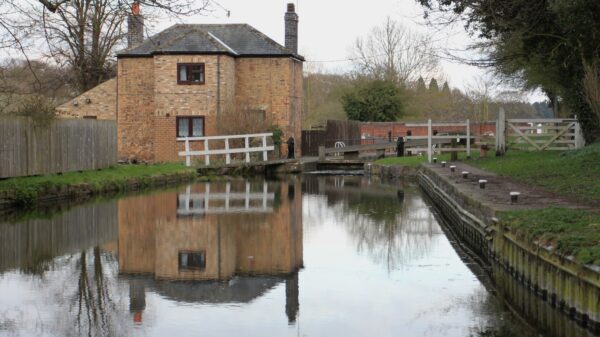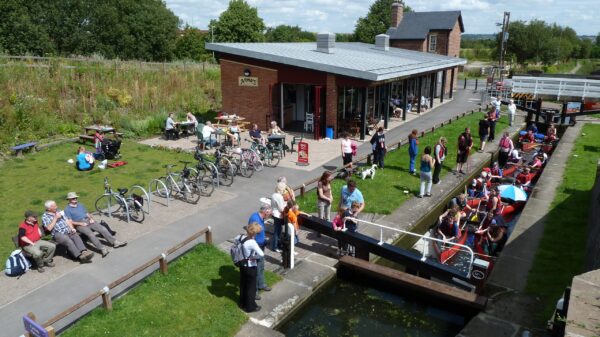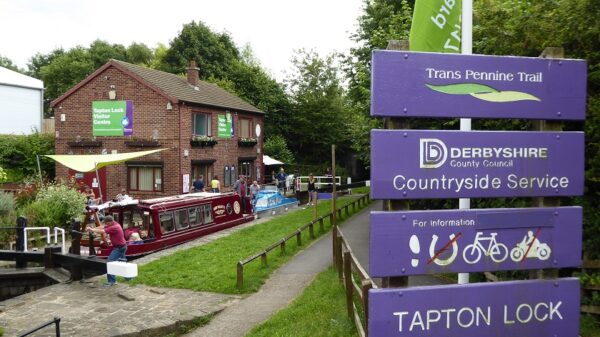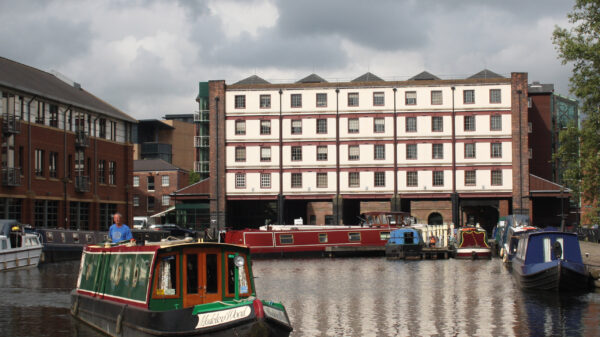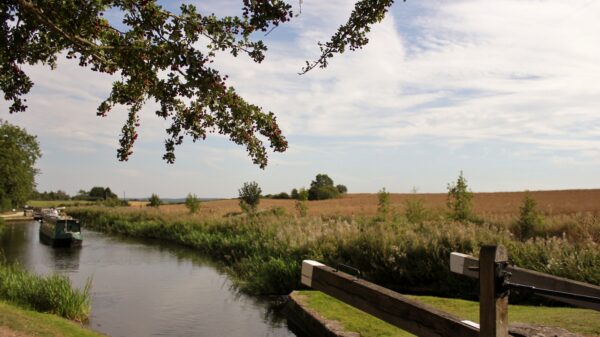About the Chesterfield Canal
The Chesterfield Canal is an early contour canal connecting Chesterfield to the River Trent at West Stockwith. It was surveyed by James Brindley in 1769 and construction began as soon as the Act was passed in 1771. It ran for 46 miles with 65 locks and two tunnels; the short one at Drakeholes being cut through sandstone but Norwood Tunnel was brick lined and was the longest canal tunnel for two years until Harecastle was opened in 1777. The Chesterfield Canal opened the same year.
Originally intended to be a narrow canal throughout its length, in 1775 nine shareholders and Retford Corporation advanced extra money to build the canal wider between Retford and Stockwith to facilitate trade using the Trent. Known locally as ‘Cuckoo Dyke’ the canal was used to export coal, limestone, and lead from Derbyshire, iron from Chesterfield, and corn, timber, groceries and general merchandise into Derbyshire. The stone for the Houses of Parliament was quarried in North Anston, Rotherham and transported via the canal.
[Photo: Forest Locks in Autumn – by Jan Warsop]


